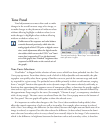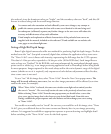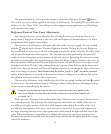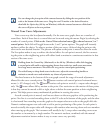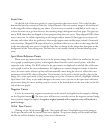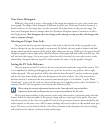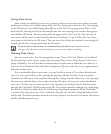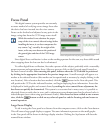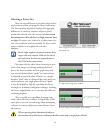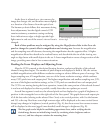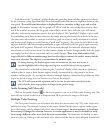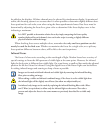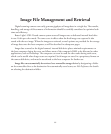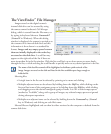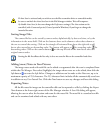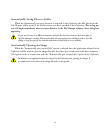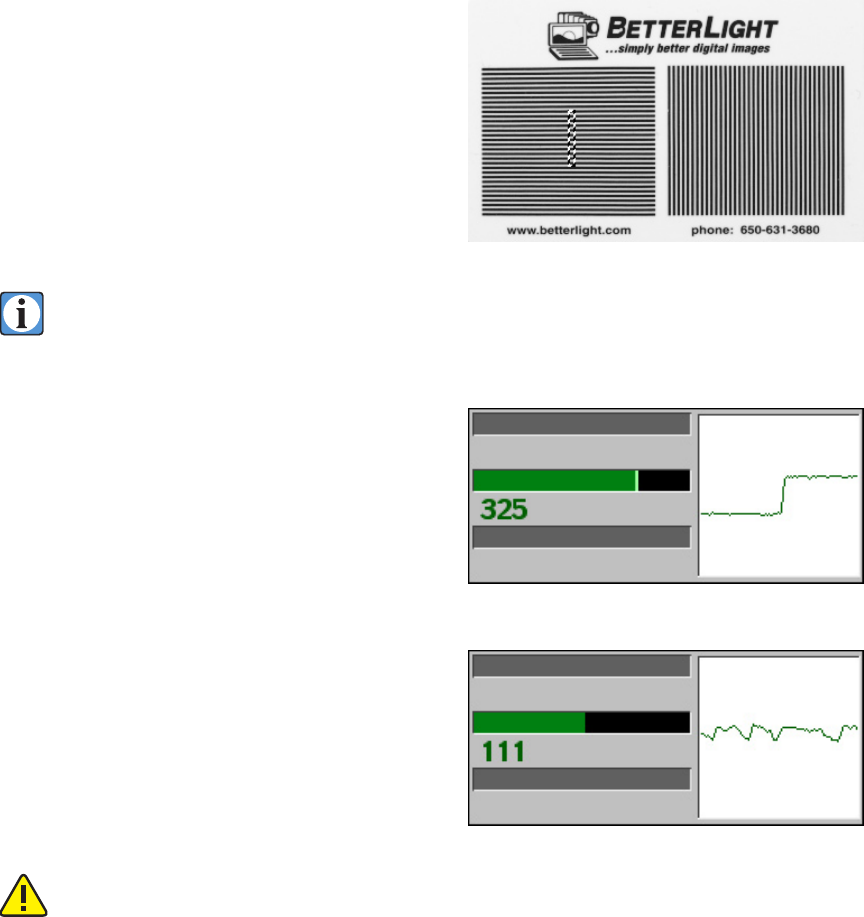
62
Selecting a Focus Site
ere are several factors to consider when select-
ing locations within an image for focus verification.
e focus-quality algorithm displays the aggregate
differences in intensity between adjacent pixels
within the selected area; this means that best-focus
determination will work best on high-contrast lines
or edges. However, any surface lit to show some tex-
ture can usually be used successfully for focus verifi
-
cation, whether it is brightly lit or in the
shadows.
Better Light supplies a business card size focus
target with new cameras. Click on the side of
the card where the lines are perpendicular to
the CCD in the camera insert.
Care must also be taken when focusing on por-
tions of an image containing multiple planes of
focus; the focus number and bar graph may indi
-
cate several distinct focus “peaks” as camera focus
is adjusted across each plane of focus, or a single,
broader “peak” may be observed that may not accu
-
rately represent any single plane of focus. Again,
it may be helpful to slightly reposition the focus
rectangle to eliminate ambiguous readings; zooming
the focus magnification in or out may also alleviate
confusing displays.
is is usually not a problem for most copy
work, where the entire subject is (hopefully) in the
same plane, but can be confusing when attempting
to focus on narrow subjects at some distance from
the camera.
When capturing three-dimensional subjects,
the location selected for focus verification should contain only a single plane of focus.
Better Light focus card with focus location selected for a
horizontal scan.
A. High contrast edge focus readout.
B. Low contrast, but acceptable, focus readout.



